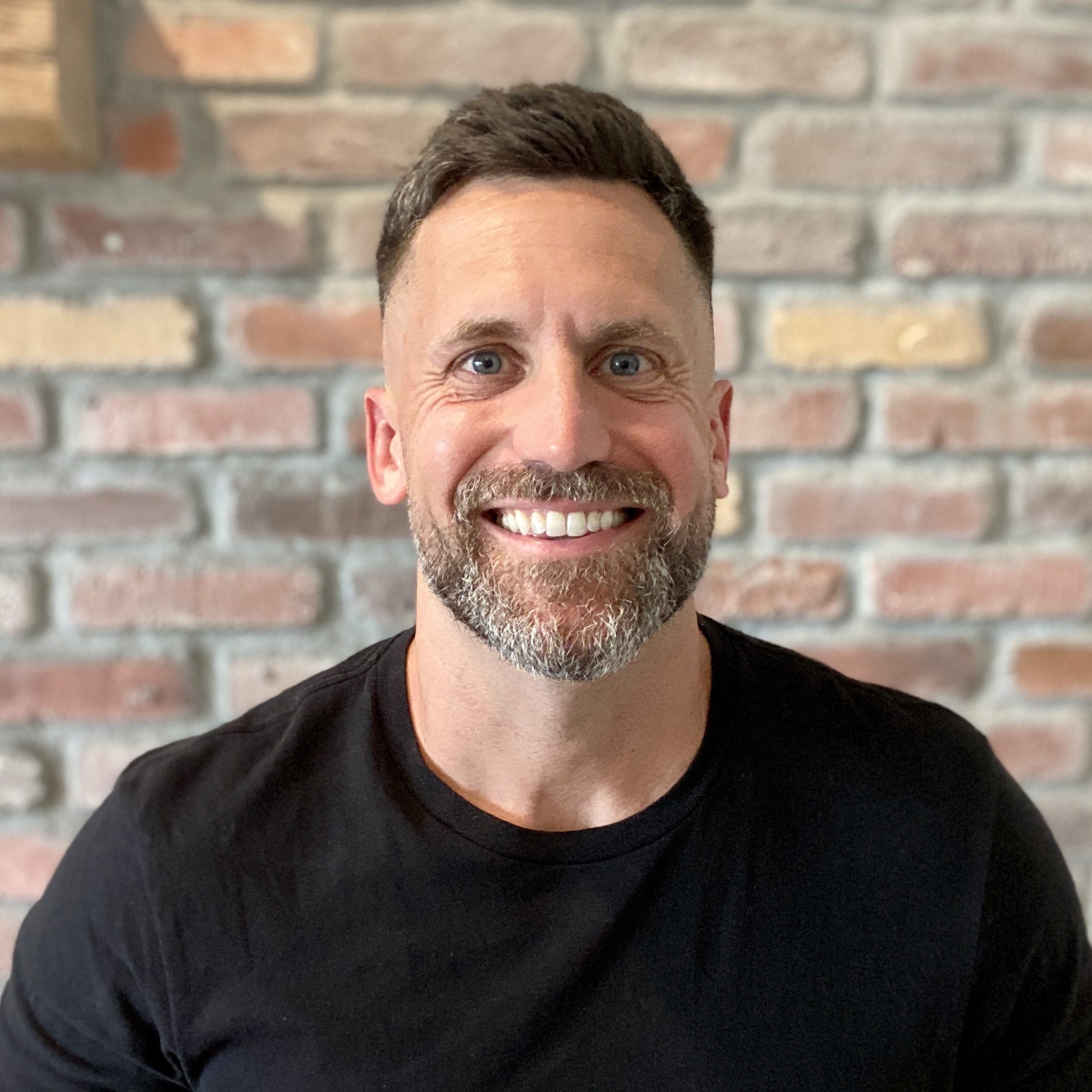YouTube TV and Paramount have called a temporary truce in its carriage dispute, but don’t mistake this for a real peace agreement. This fight is just the latest in a long and messy battle over how content is distributed, who controls the user experience, and, ultimately, who owns the money. And if history tells us anything, this isn’t getting settled quietly.
Why Programmers and Distributors Are at War
At the heart of this dispute—and every other carriage fight lately—is the rise of direct-to-consumer (DTC) streaming. MVPDs (traditional cable and satellite providers) used to have all the leverage. They paid hefty fees for networks like CBS, Comedy Central, and Nickelodeon, and in return, they controlled the distribution. But now, programmers like Paramount are making their content available directly to consumers through streaming platforms like Paramount+.
That’s a problem for legacy distributors. They’re still paying massive carriage fees while their subscribers increasingly go direct. Local CBS affiliates are in an even worse spot—when consumers stream CBS content on Paramount+, those local stations lose out on the viewership and ad revenue they once relied on.
This fundamental shift is making traditional carriage agreements harder to negotiate. Why should YouTube TV (or any MVPD or vMVPD) keep paying top dollar for content that viewers can get elsewhere, sometimes for less?
The Charter-Paramount+ Playbook: A Model for the Future?
One recent example that’s shaping these negotiations is Charter’s deal with Paramount. Under that agreement, Paramount+ is bundled into a Charter cable subscription, meaning Spectrum customers get access to the streaming service. Sounds like a win-win, right? Not quite.
The sticking point is who actually owns the subscriber relationship. Are these Spectrum users simply authenticating Paramount+ with their cable credentials? Or does Charter have control over the streaming experience, keeping users locked inside the Spectrum app instead of engaging directly with Paramount?
That’s a massive distinction. If Charter keeps users within its own ecosystem, Paramount loses valuable first-party data—things like email addresses and behavioral tracking that are critical for advertising and customer retention. Programmers want direct relationships with subscribers, while distributors want to keep them trapped inside their platforms.
That’s the real fight in these carriage deals. It’s not just about channel fees anymore—it’s about identity and control.
The Identity Crisis: Who Owns the Viewer?
User identity and data ownership are now the biggest battlegrounds in streaming distribution deals. If you don’t own the user, you don’t own the future.
MVPDs, vMVPDs, and OEMs (Samsung, Roku, etc.) all want to keep users in their own walled gardens. Charter doesn’t want you watching Paramount+ outside of Spectrum. YouTube TV doesn’t want you hopping between apps. Roku doesn’t want you bypassing their ad ecosystem.
Meanwhile, programmers are trying to pull consumers toward their own DTC platforms to cut out the middleman entirely. But for now, they still rely on distributors for reach—and that’s where the tension explodes.
Windowing is Dead—Now It’s About Where Content Lives
In the old days, windowing was the key to negotiations. Networks and studios structured deals around when and where content could be released. Not anymore. Now, the focus isn’t on timing—it’s on location.
Distributors don’t just want access to the content. They want it played inside their platforms. That’s why Charter’s deal with Paramount+ was such a big deal—it showed that MVPDs aren’t content with just being the pass-through anymore. They want to integrate streaming services into their own apps, so subscribers never have to leave.
If YouTube TV and Paramount reach a long-term deal, expect to see a similar fight over whether CBS and Paramount content lives within YouTube’s ecosystem or if subscribers are encouraged to access it elsewhere.
The Economics of a Dying Cable Market
The entire pay-TV ecosystem is shrinking, and distributors are getting desperate.
Cable penetration has dropped from 90% to 60%, and the industry is shedding 6 to 8 million subscribers per year. That’s a financial disaster for both distributors and programmers.
MVPDs are fighting to extract more value from programmers while their subscriber bases dwindle. Meanwhile, programmers are losing the massive licensing fees they once counted on, and streaming ad sales still lack the efficiency and transparency of traditional TV.
It’s a mess. And every carriage deal, including this YouTube TV-Paramount negotiation, is happening against the backdrop of a collapsing economic model.
The Take
The YouTube TV-Paramount extension isn’t a resolution—it’s just a pause. This fight, like the Disney-Charter dispute before it, is a preview of what every future distribution deal will look like.
Paramount will try to preserve its direct-to-consumer business while keeping its lucrative carriage deals intact. YouTube TV will try to avoid another price hike while making sure it doesn’t end up paying top dollar for content that’s available elsewhere.
And the real battle—over who controls the customer relationship—will continue to rage on.
Because at the end of the day, The Streaming Wars were never about stacking the most subscribers. It was always about who owns the audience, who controls the experience, and who cashes in on the data. The platforms that win won’t just have the content—they’ll have the power to decide where, how, and on whose terms you watch it.







